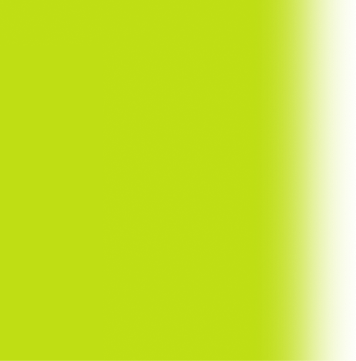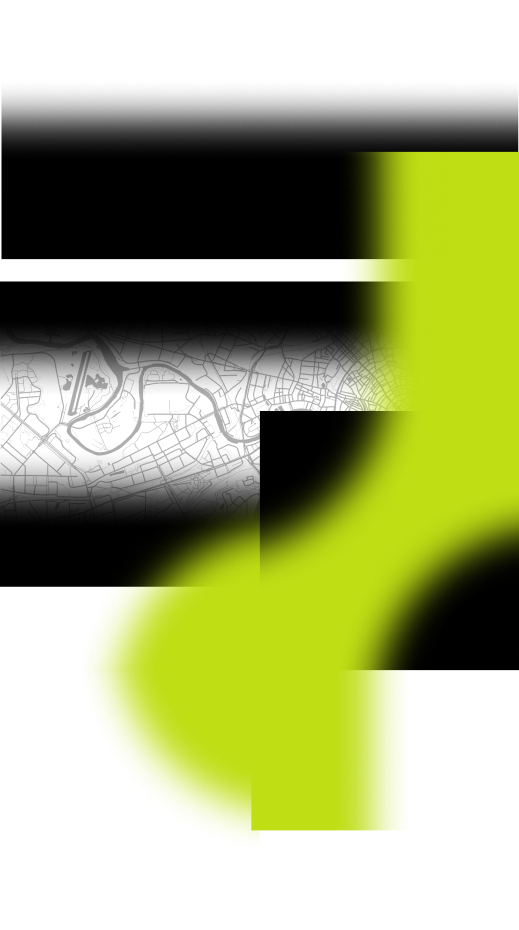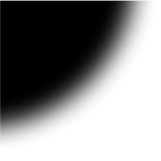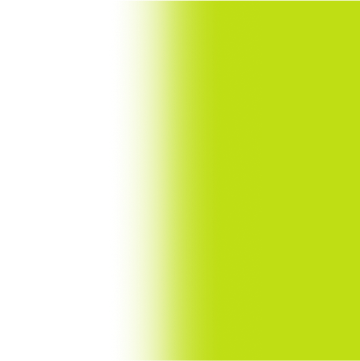Applications welcome for the 2025 project edition


Together, Zaryadye Park the operator and Skolkovo Innovation Center the host of the Here and Now festival have developed an art trail linking nearly two dozen artworks on show. As in the previous year, the festival features artists coming from a broad geography across Russia, including Moscow. Alongside objects of art and murals premiering in this exhibition, the selection includes works by five participants of the festival’s earlier editions. The choice of locations for showcasing art on the grounds of Skolkovo naturally gravitated towards community anchor points, such as parks and gardens, main streets and boulevards, campuses and outdoor areas of office buildings.
Here and Now is all about transforming familiar urban landscapes with contemporary art, turning them from ordinary into unique and vivid, in touch with their architectural surroundings. We do it with a passion for making the map of Moscow shine with more cultural attraction spots every year.
Here and Now is all about transforming familiar urban landscapes with contemporary art, turning them from ordinary into unique and vivid, in touch with their architectural surroundings. We do it with a passion for making the map of Moscow shine with more cultural attraction spots every year.
Сontemporary
art on city streets
art on city streets
Here and Now, the contemporary art show held annually in Moscow, is celebrating its 6th edition in 2024. For the fourth time in a row, it is happening outdoors. The exhibited works of art integrate seamlessly into the urban landscape, bringing contemporary art closer to city residents.
The current edition is hosted by the Skolkovo Innovation Center, with the entire cast of exhibits installed within a single location. Prompted by the genius loci, the festival explores connections between science and art as its keynote idea. Being Russia’s largest innovation hub today, Skolkovo plays a major part in providing a solid foundation for the national economy. It supports numerous startups in growing businesses focused on supplying domestically made technology-intensive products for the manufacturing industry, healthcare, transportation, IT, and other applications.
The current edition is hosted by the Skolkovo Innovation Center, with the entire cast of exhibits installed within a single location. Prompted by the genius loci, the festival explores connections between science and art as its keynote idea. Being Russia’s largest innovation hub today, Skolkovo plays a major part in providing a solid foundation for the national economy. It supports numerous startups in growing businesses focused on supplying domestically made technology-intensive products for the manufacturing industry, healthcare, transportation, IT, and other applications.
Support and encourage the development of Russia’s regional art scene
4
Decentralise and activate the cultural map of various city areas while putting more iconic attractions on the map
3
Stimulate the cultural and social dynamics of urban public spaces while engaging city residents into an exploration of Russian history and culture
2
Popularise contemporary art as an integral part of the urban landscape
1
Support for young art
5
Рroject Objectives
Here and Now, the contemporary art show held annually in Moscow, is celebrating its 6th edition in 2024. For the fourth time in a row, it is happening outdoors. The exhibited works of art integrate seamlessly into the urban landscape, bringing contemporary art closer to city residents.
The current edition is hosted by the Skolkovo Innovation Center, with the entire cast of exhibits installed within a single location. Prompted by the genius loci, the festival explores connections between science and art as its keynote idea. Being Russia’s largest innovation hub today, Skolkovo plays a major part in providing a solid foundation for the national economy. It supports numerous startups in growing businesses focused on supplying domestically made technology-intensive products for the manufacturing industry, healthcare, transportation, IT, and other applications.
The current edition is hosted by the Skolkovo Innovation Center, with the entire cast of exhibits installed within a single location. Prompted by the genius loci, the festival explores connections between science and art as its keynote idea. Being Russia’s largest innovation hub today, Skolkovo plays a major part in providing a solid foundation for the national economy. It supports numerous startups in growing businesses focused on supplying domestically made technology-intensive products for the manufacturing industry, healthcare, transportation, IT, and other applications.
Сontemporary
art on city streets
art on city streets
Together, Zaryadye Park the operator and Skolkovo Innovation Center the host of the Here and Now festival have developed an art trail linking nearly two dozen artworks on show. As in the previous year, the festival features artists coming from a broad geography across Russia, including Moscow. Alongside objects of art and murals premiering in this exhibition, the selection includes works by five participants of the festival’s earlier editions. The choice of locations for showcasing art on the grounds of Skolkovo naturally gravitated towards community anchor points, such as parks and gardens, main streets and boulevards, campuses and outdoor areas of office buildings.
Here and Now is all about transforming familiar urban landscapes with contemporary art, turning them from ordinary into unique and vivid, in touch with their architectural surroundings. We do it with a passion for making the map of Moscow shine with more cultural attraction spots every year.
Here and Now is all about transforming familiar urban landscapes with contemporary art, turning them from ordinary into unique and vivid, in touch with their architectural surroundings. We do it with a passion for making the map of Moscow shine with more cultural attraction spots every year.

Popularise contemporary art as an integral part of the urban landscape
1
Stimulate the cultural and social dynamics of urban public spaces while engaging city residents into an exploration of Russian history and culture
2
Decentralise and activate the cultural map of various city areas while putting more iconic attractions on the map
3
Support and encourage the development of Russia’s regional art scene
4
Рroject Objectives
5
Support for young art
Organizers



Information partners









Organizers



Information partners









© here and now 2024
© here and now 2024










